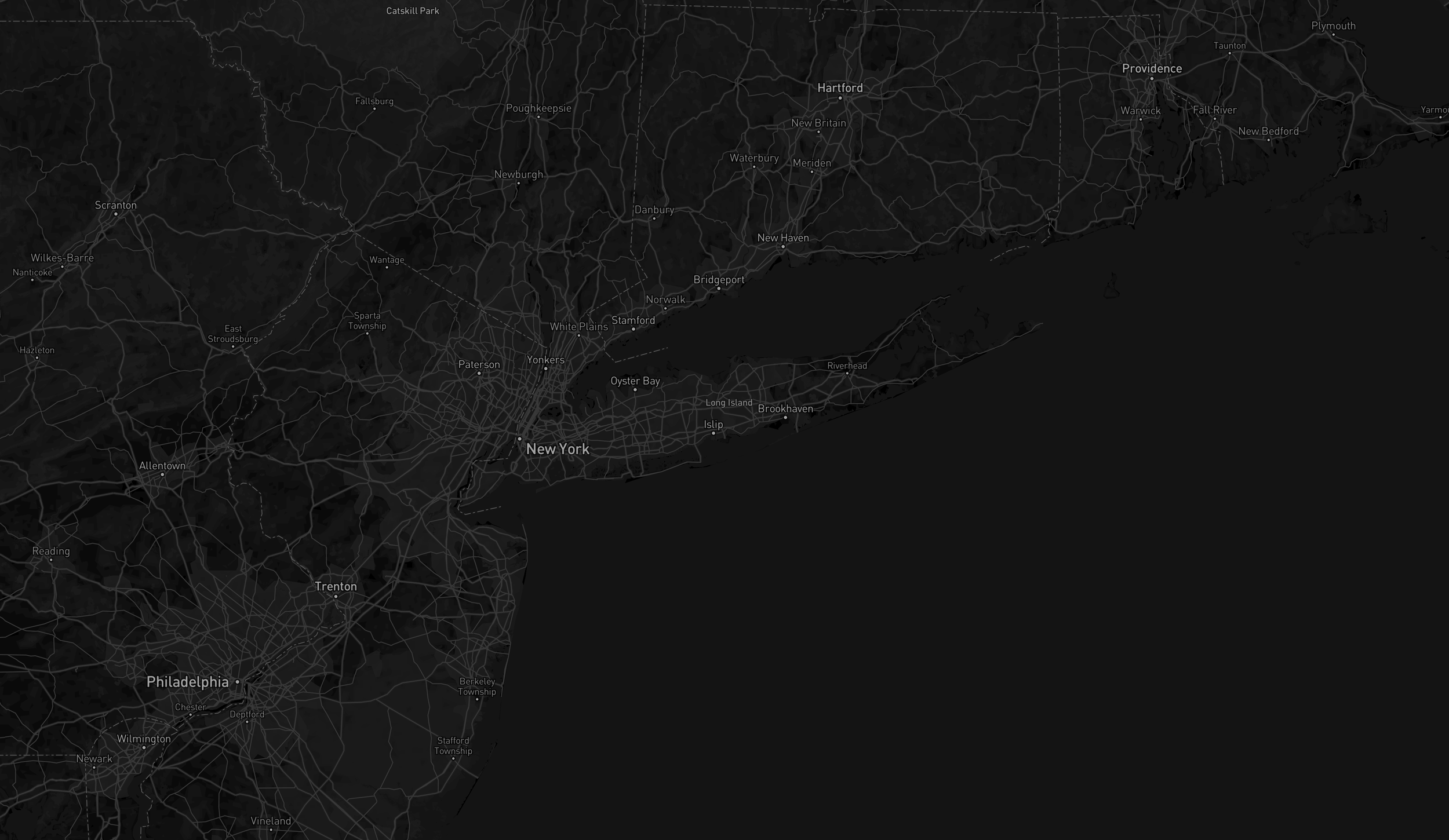This study delves into the relationship between public transit and gentrification, focusing on the New York–Northern New Jersey–Long Island areas. By examining gentrification subcategories and measuring transit services using the concept of transit deserts, the study addresses a research gap. Results indicate a higher rate of transit deserts in economically disadvantaged neighborhoods, and while transit services significantly impact gentrification, they are insignificant in super-gentrification. These findings enhance understanding of transit's role in gentrification stages. Policymakers should allocate public transit budgets cautiously, mindful of their impact on neighborhoods with varying socioeconomic statuses.





